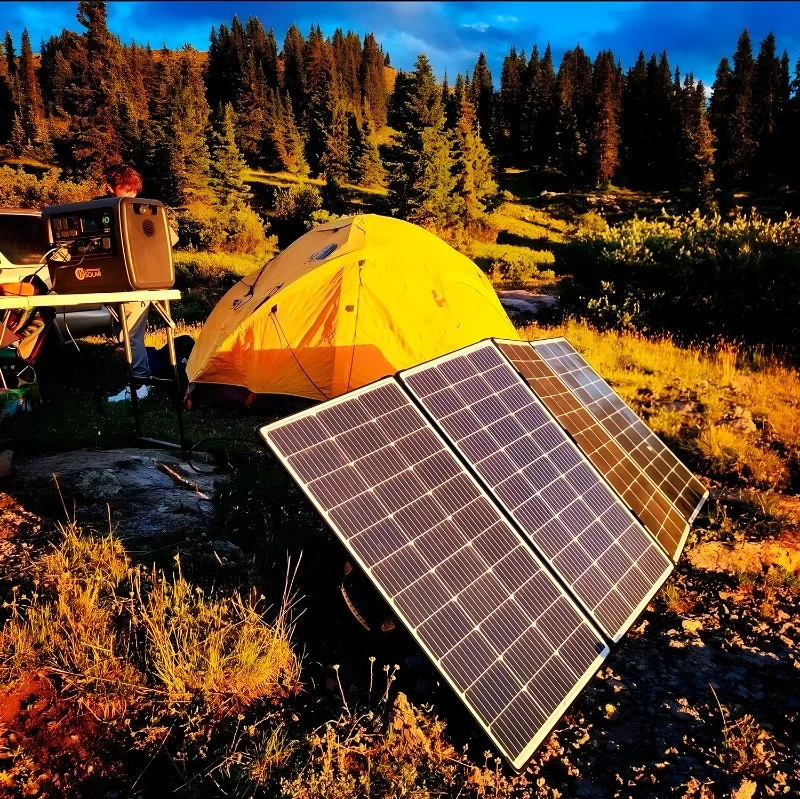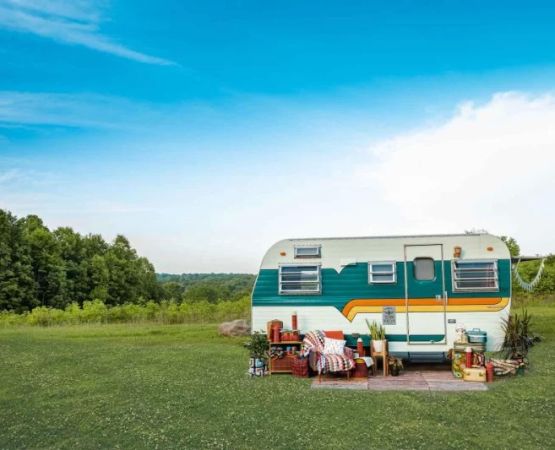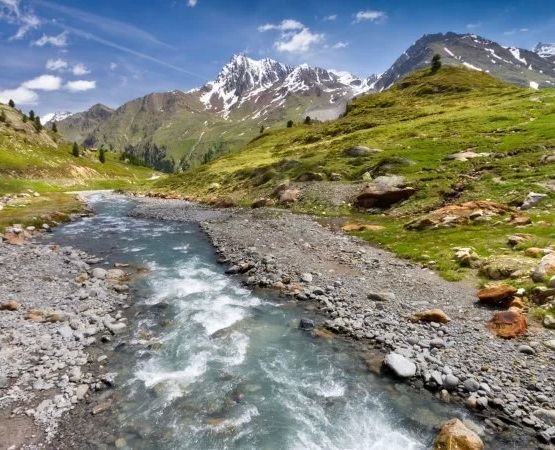- why-campers-are-turning-to-portable-solar
- what-to-look-for-in-a-camping-solar-panel
- real-life-story-power-in-the-wild
- matching-solar-panels-to-your-camping-needs
- where-to-find-reliable-camping-solar-options
1. Why Campers Are Turning to Portable Solar
In the past decade, the rise of outdoor tech—from smart GPS devices to portable fridges—has changed the camping experience. But these conveniences all share one need: power. That’s why portable solar panels have become essential gear for modern campers.
Solar panels give you energy independence. No need to rely on car batteries, loud generators, or hard-to-find outlets. Especially when camping in remote areas like national forests or desert basins, having your own reliable energy source means you can charge essentials like phones, lanterns, cameras, and even medical devices without hassle.
More campers are also becoming environmentally conscious. Solar energy is clean, renewable, and silent—perfect for those looking to reduce their footprint and preserve nature. At Pine Cliff Resort, we’ve seen a 40% rise in guests bringing their own solar gear over the last two years. This isn’t a passing trend—it’s a movement toward smarter, more sustainable camping.
2. What to Look for in a Camping Solar Panel
2.1. Efficiency and Wattage Output
The first thing you should evaluate is efficiency—how much power your panel can generate from sunlight. For camping purposes, most people look for 20W to 100W panels. A 20W panel might charge a smartphone in a few hours, while a 100W setup can handle a small fridge or power station.
Higher wattage panels are better if you plan to stay off-grid longer or camp with a family. But they’re also bulkier. Consider your power needs before buying big.
2.2. Portability and Weight
Camping means you’ll be carrying your gear, often on uneven terrain. Foldable solar panels or rollable designs are ideal. Look for a system that weighs under 10 lbs and can collapse to fit in your pack or car trunk.
Many top models come with carrying cases or backpacks. Rugged build and waterproofing are also critical if you’ll be exposed to unpredictable weather.
2.3. Compatibility and Output Ports
Check what devices you want to charge. Some solar panels only offer USB output, while others feature DC or even AC converters through a portable battery bank. Make sure your panel includes the cables or adapters you’ll need for your setup.
Some campers opt to pair their panel with a solar generator. This way, the panel charges a battery during the day, and they can power multiple devices at night.
3. Real-Life Story: Power in the Wild
3.1. A Family's Solar Discovery in Glacier National Park
Three summers ago, the Hargrove family from Denver set out for a two-week camping trip in Glacier National Park. They had prepared everything—except power. By Day 3, their backup batteries had drained, and they had no way to charge GPS trackers or camera equipment.
Luckily, their camping neighbors had a 60W folding solar panel and offered to help. The next morning, with coffee mugs in hand, they watched sunlight bring devices back to life. That night, they researched brands and placed an order right from their phones, using a weak but working connection.
“We never camp without solar now,” said Mr. Hargrove. “It's peace of mind. You’re not just in nature—you’re prepared for it.”
4. Matching Solar Panels to Your Camping Needs
4.1. Solo Campers and Minimalists
If you're camping alone or just want to keep your phone and headlamp charged, a 20W–40W solar panel will likely suffice. Go for a panel with USB outputs, lightweight design, and quick charging capacity.
4.2. Family or Group Campers
Families tend to bring more devices—multiple phones, lights, and perhaps a powered cooler. A 60W–100W folding solar setup with a power station is ideal. Look for models with a charge controller and multiple port types.
4.3. Off-Grid and Extended Camping
For overlanders or anyone doing long-term off-grid camping, consider investing in a full solar generator kit. These typically include 100W–200W panels, a high-capacity lithium battery, and plug-ins for AC and DC appliances. While heavier, they’re built to be permanent camp power hubs.
5. Where to Find Reliable Camping Solar Options
5.1. Tested and Reviewed by Outdoor Experts
With so many options on the market, it helps to rely on sources with first-hand experience. At Pine Cliff Resort, we frequently test and review solar gear provided by our guests and partners. We recommend only those panels that survive rain, wind, sand, and time.
5.2. Brands and Features Worth Considering
Some brands like Jackery, Goal Zero, Anker, and Bluetti have consistently scored high in performance and durability. Features like integrated kickstands, smart charging controllers, and chainable panels (for more output) are great bonuses.
5.3. Making the Investment Count
A good solar panel system can last 5–10 years with proper care. The initial investment—often $150–$500—is offset by years of quiet, fuel-free power. And as solar technology improves, prices continue to fall, making it a smarter choice every season.
Whether you’re a weekend warrior or a dedicated off-grid explorer, finding the best portable solar panels for camping isn’t just about gear—it’s about freedom. Energy independence lets you roam deeper, stay longer, and experience nature without compromise. Visit Pine Cliff Resort to find the solar setup that suits your style, and recharge your adventures the right way.







